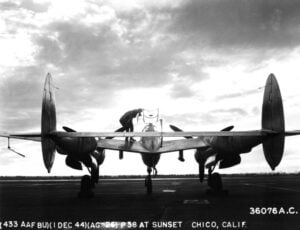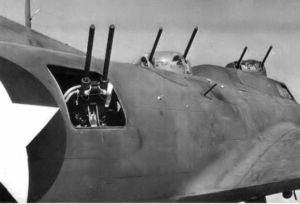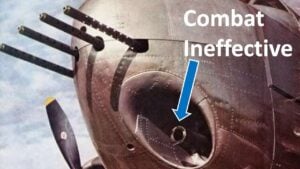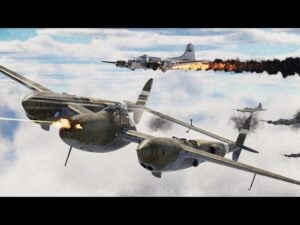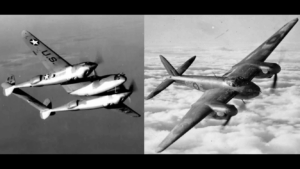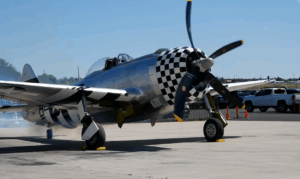3 Overlooked Heavy Bombers of Germany WW2

Fast Aviation Data / YouTube
World War II saw the development of an array of military aircraft, each designed for strategic roles in the conflict that engulfed nations across the globe. Among these, Germany produced several heavy bombers that contributed to its air capabilities. While many may focus on the more notorious fighters and bombers, here we turn our attention to three heavy bombers from Germany’s Luftwaffe that played roles often not as recognized in history books.
Struggling Giant: The Dornier Do-217

The Dornier Do-217 began as a craft boasting a significant bomb load, optimized for an array of combat missions, ranging from diving to strike maritime targets with glide bombs to fulfilling long-distance bombing runs. Serving on both the Eastern and Western Fronts, it took on varied duties, from strategic bombing to torpedo attacks and performing reconnaissance tasks.
In crucial military operations, like the Battle of the Atlantic and the Battle of Normandy, the Do-217 played a role in commanding ground assaults and launching anti-shipping attacks. As a versatile aircraft, it nonetheless faced challenges in air battles against the nimble Allied fighters.
Distinct in design, the Do-217 featured the pilot’s and crew’s chamber at the forefront of the aircraft, with a noticeably narrowing rear fuselage that bestowed upon it a pencil-like appearance. Engine placements mimicked those of high-wing monoplanes, and its tail featured the unique appearance of a split-T design.
Depending on the mission, its armaments varied, but common equipment included 7.92 mm machine guns and 20 mm cannons. The bomber could carry an impressive bomb load exceeding 8,000 pounds, combining internal and external capacity.
Ambitious But Troubled: The Heinkel He-177

In the skies of World War II, the Luftwaffe operated the Heinkel He-177 as its exclusive long-range heavy bomber. Bearing a payload and range that rivaled the four-engine heavy bombers operated by the Allies, this aircraft boasted high cruising and maximum speeds that outpaced its counterparts.
However, ambition came at the cost of reliability. The He-177 grappled continuously with design issues. The reliance on powerful engines, each generating at least 2,000 horsepower, led to the selection of the untested Daimler-Benz DB 606 power system. Coupled with tight engine bays, the bomber gained an unwanted reputation for engine fires, earning it the nickname “the flying lighter.”
Efforts to refine the design arrived too late to have a significant impact on the war. Although some He-177s saw action on the Eastern Front and partook in a raid over Velikie Luki in 1944, their presence diminished as the conflict drew towards its conclusion.
A Convert from Peace to War: The Junkers Ju-290

The Junkers Ju-290 was an aircraft initially built for the peaceful intent of airliner transport but was repurposed as a four-engine long-range heavy bomber. It was intended to take the place of the less speedy Focke-Wulf Fw200 Condor, but it largely found use as a transport plane rather than a bomber.
The aircraft gained unique attention when a prototype impressed the German leadership, resulting in an order to convert the Ju-290 into a personalized transport. It was outfitted with a reinforced passenger compartment, complete with armor plating and bulletproof glass. Even an escape route and a built-in parachute were designed, a telling sign of the tumultuous times.
In a twist of fate, the Ju-290’s narrative was abruptly halted when, in March 1945, an air-raid alert interrupted its deployment to Munich Airport. Sheltered in a hangar upon arrival, it was not safe for long. American bombers later ravaged the hangar, destroying the customized Ju-290 within—an unforeseen end to an aircraft initially meant to traverse skies far from war.














